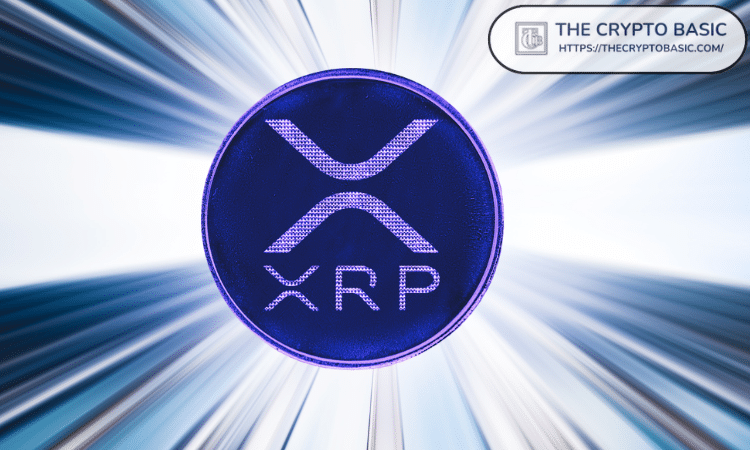A lesser-known feature of the XRP Ledger (XRPL) is gaining attention in the community, specifically the option to escrow your own XRP for future use.
Jake Claver, the MD of Digital Ascension Group, recently reminded XRP holders that they can lock their tokens with a built-in time delay using the XRP Ledger’s native escrow capability.
Escrow for Future Growth or Discipline
The XRPL offers a unique feature that allows users to lock their XRP. This functionality serves multiple purposes, from securing assets for long-term holding to enforcing personal financial discipline, and even automating scheduled transfers.
Specifically, an XRPL escrow is a contract where funds are held until certain conditions are fulfilled. Unlike traditional escrow, the ledger automates this process by locking XRP or tokens until the specified conditions pass, without the involvement of a third party.
A practical example is Ripple’s XRP escrow program, launched in December 2017. Ripple locked 55 billion XRP into secured accounts to provide transparency and predictability regarding XRP’s supply.
Nearly eight years later, Ripple’s escrow balance is down to around 36 billion tokens. The released 19 billion tokens were distributed at a rate of 1 billion XRP monthly since the initial lockup in 2017.
Just as this program provides transparency on Ripple’s holdings, Claver explained that a similar escrow service is available to all XRP enthusiasts. It’s a tool on the ledger that eliminates the need for third-party custodians.
Using XRP Toolkit to Set Up an Escrow
Claver noted that through platforms like the XRP Toolkit, holders can register their wallets, manage their XRP, and set up self-imposed escrows. The process involves selecting the amount of XRP to lock and the exact release time. This feature can also automatically transfer XRP to another wallet at a future date, just like Ripple’s program.
For long-term investors, this offers a way to “protect XRP from yourself,” Claver said, by delaying access to funds until a strategic financial goal is reached.
Escrow Process
According to XRPL documentation, the sender creates an escrow using the EscrowCreate transaction, locking funds with specified release conditions and recipient information.
The recipient completes the escrow with EscrowFinish when conditions are met, releasing the funds and deleting the escrow.
If an escrow expires (passes its expiration time without completion), the sender can cancel it using EscrowCancel, returning the funds.
Limitations
Escrowing small amounts may be impractical due to higher costs, especially when using crypto-conditions, which incur greater fees. Meanwhile, the sender must hold the reserve while the escrow is active.
Notably, only the PREIMAGE-SHA-256 crypto-condition is supported. In other words, the funds can be unlocked only by proving knowledge of a secret that hashes to a specific SHA-256 value.
Lastly, the timing is based on ledger close times, which can cause slight delays in seconds.
DisClamier: This content is informational and should not be considered financial advice. The views expressed in this article may include the author's personal opinions and do not reflect The Crypto Basic opinion. Readers are encouraged to do thorough research before making any investment decisions. The Crypto Basic is not responsible for any financial losses.



